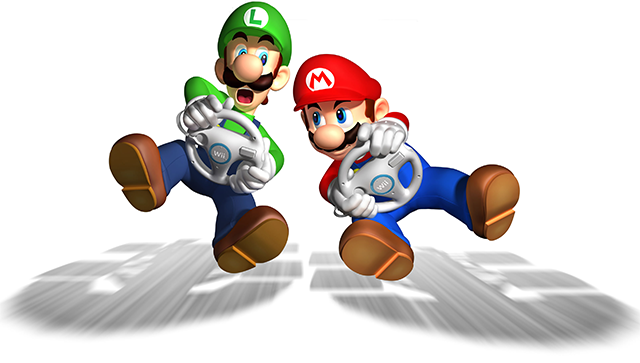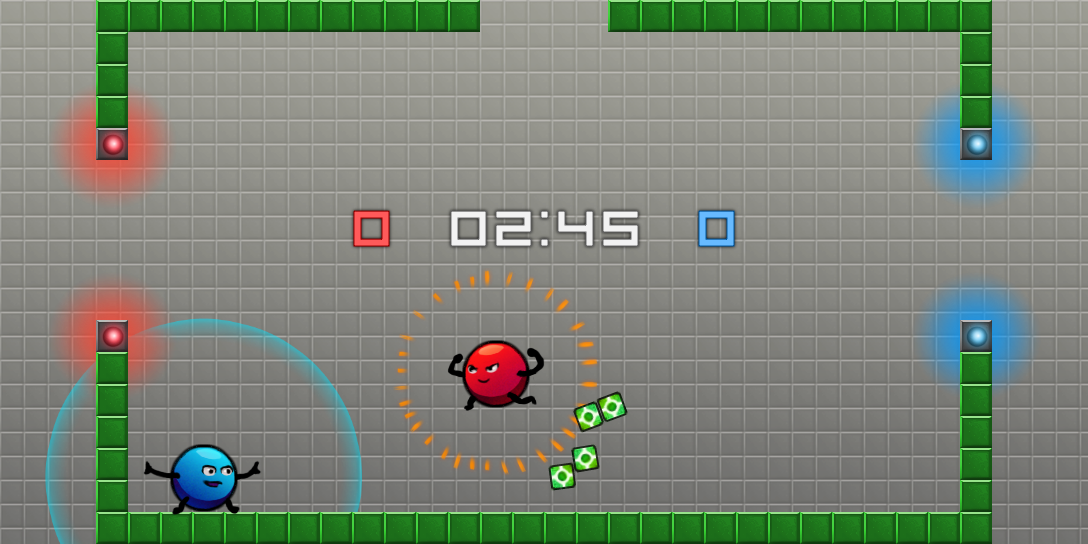If you search online for “how to make a racing game,” you get a bunch of tutorials teaching you one very specific (and very hardcore) way of implementing vehicle/driving mechanics. These tutorials are great if you’re making a realistic driving simulator or racing sim, but chances are they won’t even get you started in the right direction for implementing something that actually fits the constraints of your particular game project.
This article will introduce you to different approaches for implementing racing mechanics, while discussing how these implementation strategies may either complement or clash with your game’s core design. Continue reading

